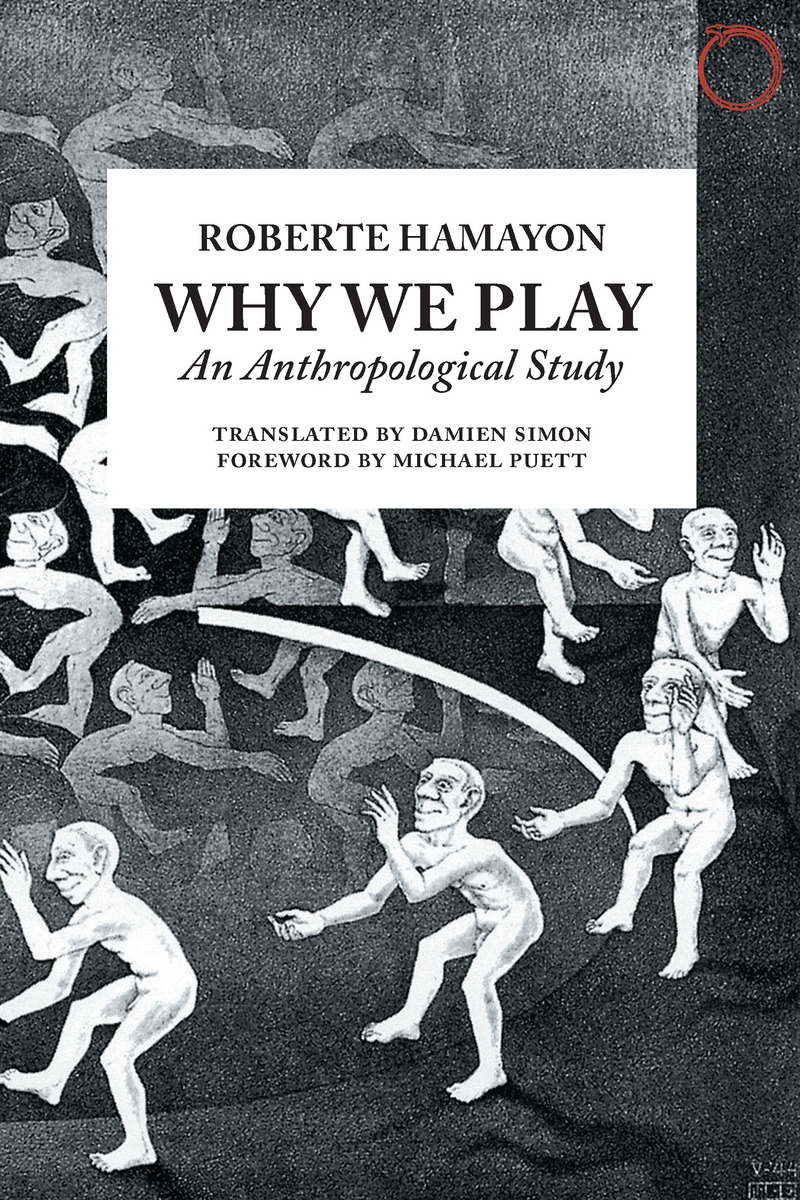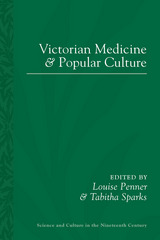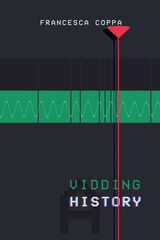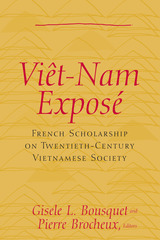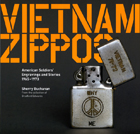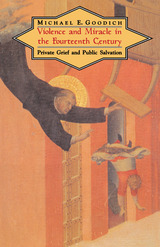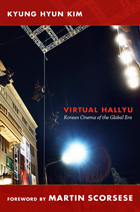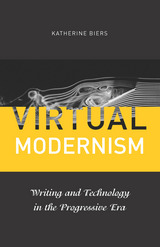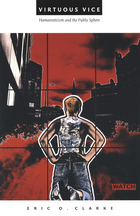Why We Play: An Anthropological Study
HAU, 2015
Paper: 978-0-9861325-6-8 | eISBN: 978-1-912808-23-6
See other books on: Anthropological Study | Anthropology | Cultural & Social | Social Science
See other titles from HAU
Paper: 978-0-9861325-6-8 | eISBN: 978-1-912808-23-6
ABOUT THIS BOOK | AUTHOR BIOGRAPHY | REVIEWS | TOC
ABOUT THIS BOOK
Whether it’s childhood make-believe, the theater, sports, or even market speculation, play is one of humanity’s seemingly purest activities: a form of entertainment and leisure and a chance to explore the world and its possibilities in an imagined environment or construct. But as Roberte Hamayon shows in this book, play has implications that go even further than that. Exploring play’s many dimensions, she offers an insightful look at why play has become so ubiquitous across human cultures.
Hamayon begins by zeroing in on Mongolia and Siberia, where communities host national holiday games similar to the Olympics. Within these events Hamayon explores the performance of ethical values and local identity, and then she draws her analysis into larger ideas examinations of the spectrum of play activities as they can exist in any culture. She explores facets of play such as learning, interaction, emotion, strategy, luck, and belief, and she emphasizes the crucial ambiguity between fiction and reality that is at the heart of play as a phenomenon. Revealing how consistent and coherent play is, she ultimately shows it as a unique modality of action that serves an invaluable role in the human experience.
Hamayon begins by zeroing in on Mongolia and Siberia, where communities host national holiday games similar to the Olympics. Within these events Hamayon explores the performance of ethical values and local identity, and then she draws her analysis into larger ideas examinations of the spectrum of play activities as they can exist in any culture. She explores facets of play such as learning, interaction, emotion, strategy, luck, and belief, and she emphasizes the crucial ambiguity between fiction and reality that is at the heart of play as a phenomenon. Revealing how consistent and coherent play is, she ultimately shows it as a unique modality of action that serves an invaluable role in the human experience.
See other books on: Anthropological Study | Anthropology | Cultural & Social | Social Science
See other titles from HAU
